Down to a science: Base Pair turns 25
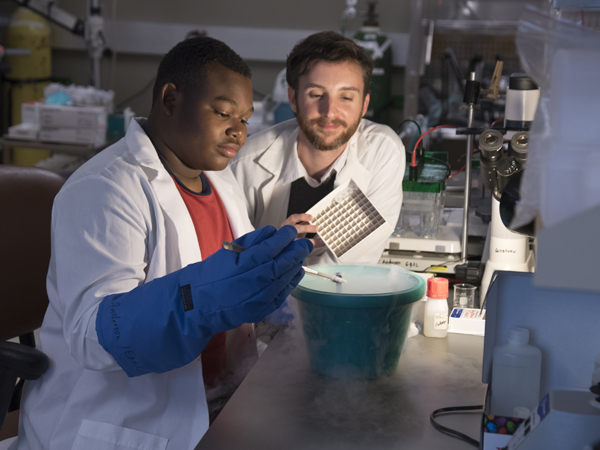
For 25 years, Base Pair has strengthened science education for Mississippi students both on an individual basis and in classrooms around the state.
Base Pair began as a biomedical research mentorship program that paired faculty from the University of Mississippi Medical Center with high school students and educators from the Jackson Public School District.
It started in 1992, thanks to Tim Medley, a Jackson CPA who was very active on the JPS school board.
Medley had read an article in The New York Times about the Bronx School for Science and Math's mentorship program that paired students with faculty at Rockefeller University and presented the idea to Dr. Ben Canada, JPS superintendent at the time, and then to Dr. Norman Nelson, who was UMMC's vice chancellor and dean of the School of Medicine.
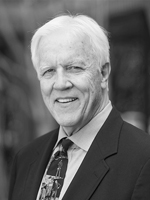
Nelson brought on board Dr. Robin William “Rob” Rockhold, now professor of health sciences and deputy chief academic officer, who immediately began researching the Bronx program.
“Rob has been the key to this,” Medley said. “You can have 1,000 ideas, but the key to an idea working is a good operator. Rob has been a terrific operator.”
In the first years, Base Pair had six to eight students annually, depending on both students' interest and faculty availability. Now there is usually a core of 15 student.
“Almost as soon as we began, there was a considerable amount of interest expressed by people in the school district and by parents and students themselves,” Rockhold said. “It indicated to me that we were filling an unmet need in both education and potential career exploration.”
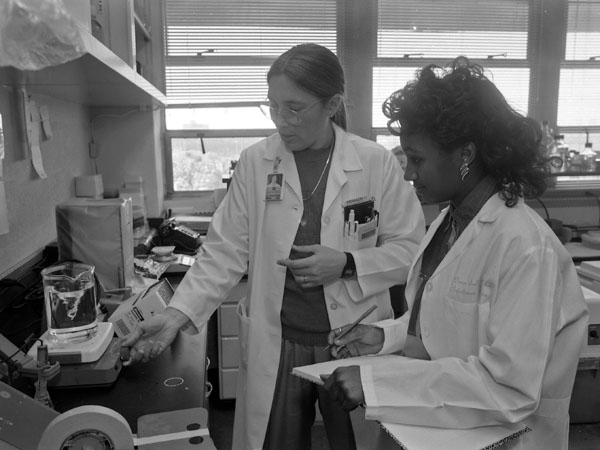
Several are now faculty at UMMC.
Dr. Donna Sullivan, professor of microbiology, has been a Base Pair mentor for most of the duration of the program.
One of her students used to come into the lab in the afternoons wearing her Murrah High School cheerleading outfit. Today, she is known as Dr. Jasmine Campbell Hollinger, assistant professor of dermatology at UMMC.
“A lot of students have come through in medical programs,” Sullivan said.
As a result of the program, students have published over 350 citations, which is something Rockhold is most proud of, he said.
“I started out thinking the outcome [of Base Pair] would be significant if we could demonstrably create legitimate scientific credentials that would follow students for their careers.
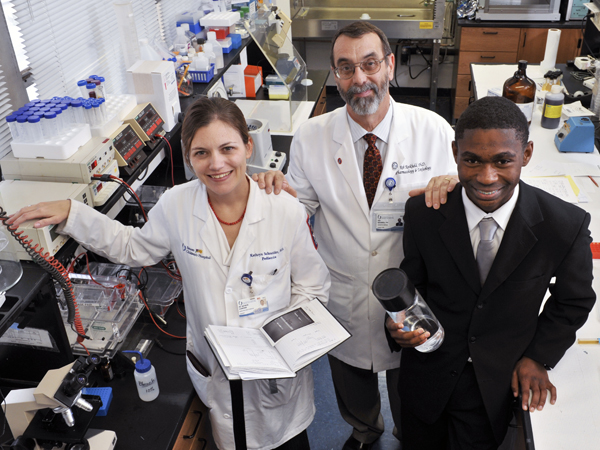
In October, Murrah High School alum and Base Pair student Nathan Campbell co-authored a paper with the help of Dr. Babbette LaMarca, professor in the Department of Pharmacology and Toxicology; it was published in the American Journal of Physiology-Regulatory, Integrative and Comparative Physiology.
Besides the one-on-one mentorship program, Base Pair has offered schools completely new curricula created by the teachers.
Cindy Cook started RBI-Rural Biomedical Initiative, which expands Base Pair's reach to rural high schools throughout Mississippi, and Susan Bender initiated SOAR-Student Oriented Academic Research, a program based at Jim Hill High School in Jackson.
SOAR establishes a network of scientifically literate students with research experience to serve as mentors for others. Since 2001, Jim Hill students have won roughly half of all awards given in the Region II high school science fairs. Prior to SOAR, they didn't even enter the fairs.
This has translated into significant monetary support and college entry for these students from a high school with limited resources.
An eventual goal is to provide content through a website for Mississippi teachers and schools, Sullivan said.
“There's been an explosion of resources on the web, but it would be helpful to have resources with a local perspective. For example, a program related to agriculture for our rural state as well as other important local problems, such as obesity, diabetes, and hypertension that is science based.”
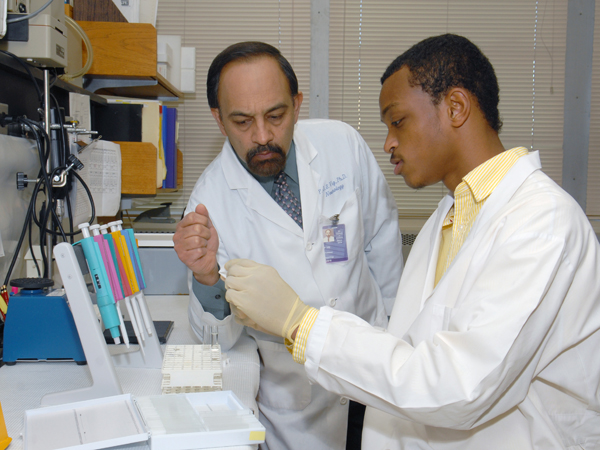
To ensure that the program survives, the Base Pair directors (Rockhold, Sullivan, and lead teacher Jeff Stokes), along with help from Medley, are working to create a Base Pair Fund.
“Strong science education is critically important,” Medley said, “especially in an age where there is an increased focused on athletics instead of academics.”
Base Pair is all about the mission of the Medical Center, Rockhold said. “Education in science is the foremost determinate of improved health. If we can improve education across Mississippi, it links directly to improved health for Mississippians.”
For more information on how to give to the Base Pair fund, visit www.umc.edu/basepair.


